“Variable Format is sample book, a model, a serial system that explores the technological margins of print on demand and how reading is informed by the materiality of the book object” (project website).
AND Publishing’s aim was to help artists practically and conceptually create their own publications and to explore the extent to which print-on-demand, which was quite new at the time, could be creatively integrated into artistic practice. In order to be able to offer reference material, sample books were produced in twelve different formats on six different print-on-demand platforms at prices ranging from £15 to £100.75. In such a way, the series provides an informed overview of the major players in the print-on-demand market and enables a comparison of the quality of print, paper, and binding, and the best possible areas of application. The different pricing and distribution policies of the platforms and the frequently high shipping costs also become evident.
At the same time, twelve typical print formats and layouts are examined: from newspapers, to photobooks with color illustrations, to heavy books; from unbound brochures, to paperbacks, to hardcovers with ribbons. In each case, the maximum page count is exhausted and the minimum is indicated by the illustration of a dog-ear on the corresponding page, so that the (technical and aesthetic) margins of the publication determined by the manufacturer come into view.
All editions present the same content. The two largest formats, version K and L, produced by MagCloud and Newspaper Club, served as a starting point. The content was automatically transferred to all other formats without any reformatting or reduction, which is why texts and images are often cut off, illustrations were not adapted to the respective paper and black-and-white or color printing, and voluminous books from page 60 onwards remain blank, apart from the pagination. However, care has been taken to ensure that even on the smallest format the title is fully visible on the cover.
The imprint is unusually detailed. Introduced by the phrase “You might like to know...,” it provides a detailed account of the context of creation and the underlying artistic concept, as well as a complete listing of the features of all twelve editions and even further information on the contexts and framework conditions under which this publication was conceived, financed, printed, and circulated. It lists Lynn Harris (idea), Åbäke with Pierre Pautler (design) and AND Publishing (publisher) as well as other participants. However, AND Publishing and Åbäke demonstratively cross out their own names behind the copyright sign and dismiss the idea of a sole authorship. In such a way, the imprint states that all of the listed actors worked co-productively on the publication; publishing is contoured as a collective and collaborative act.
AND Publishing (co-directed by Lynn Harris and Eva Weinmayr back then) sees itself as “a platform exploring new digital technologies to publish conceptual artists’ books” and defines print-on-demand "as a tool to directly interact with an audience. Due to short print runs and low productions costs, AND can sustain an adventurous and inquiring creative practice without having to conform to the mass market” (The Piracy Project, Best of Rhizome 2012, "The Impermanent Reader,” p. 27).
The entire series Variable Formats has only one ISBN, although the different product formats (hardcover, paperback, audiobook, e-book, etc.) do, in fact, each need their own ISBN. For cost reasons, probably only five complete sets were produced in total.
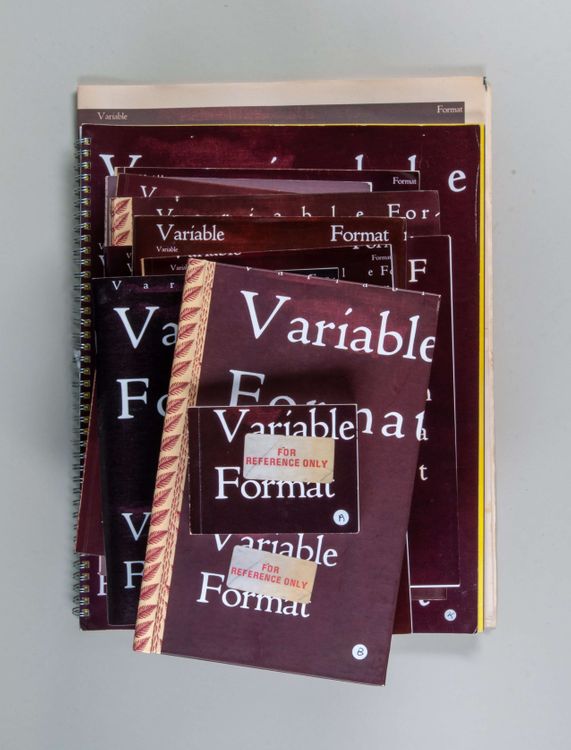

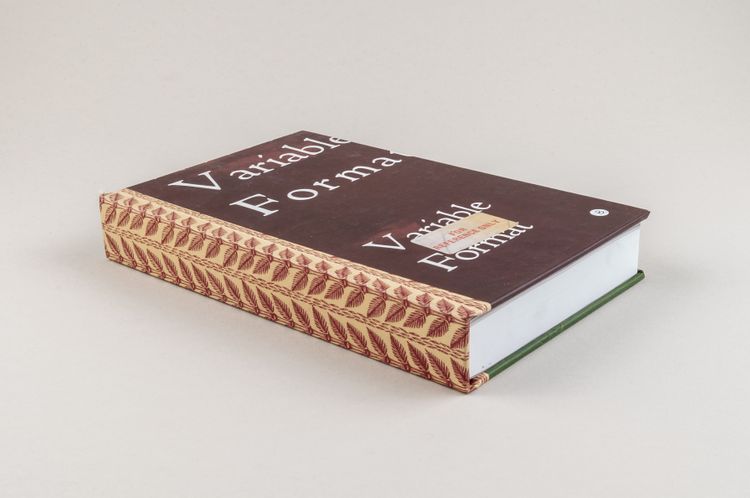
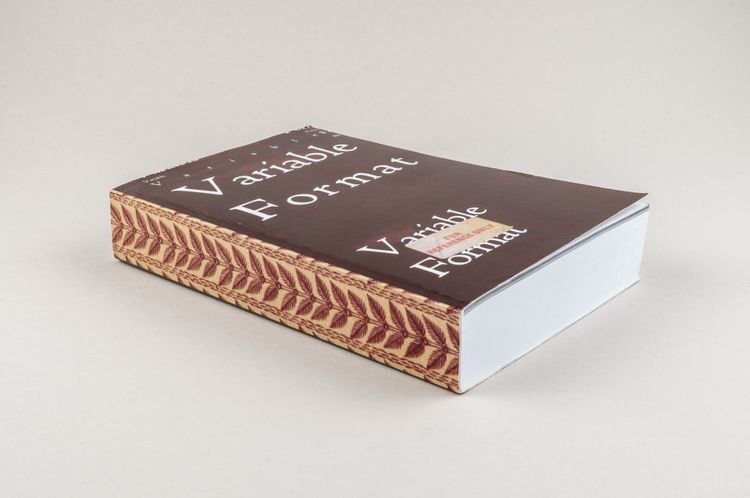
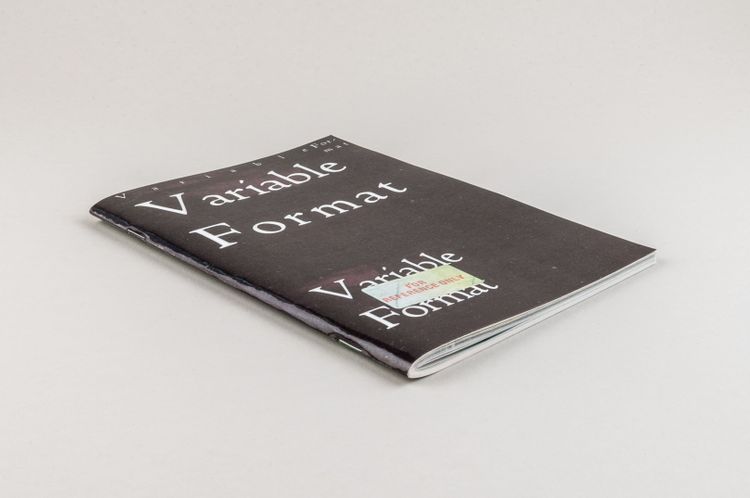

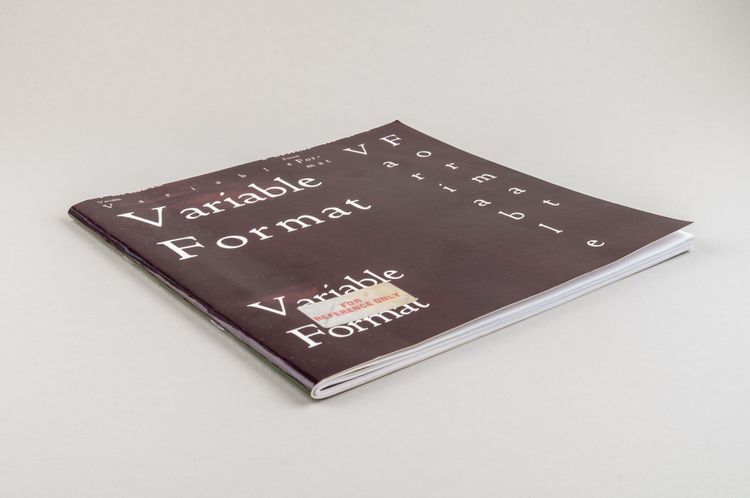

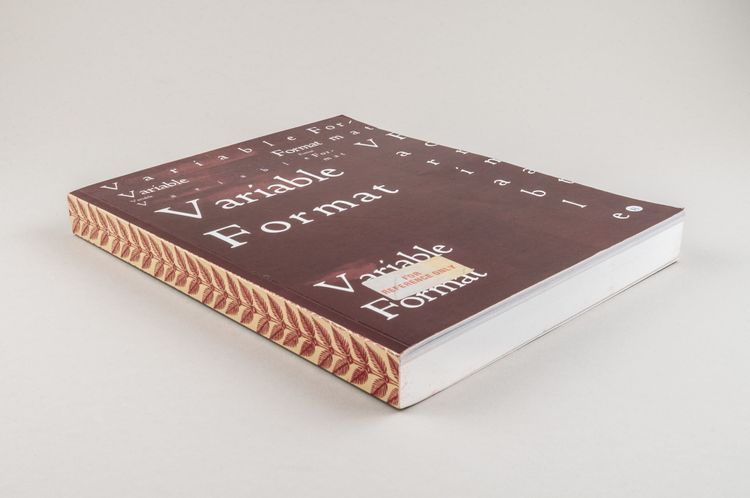
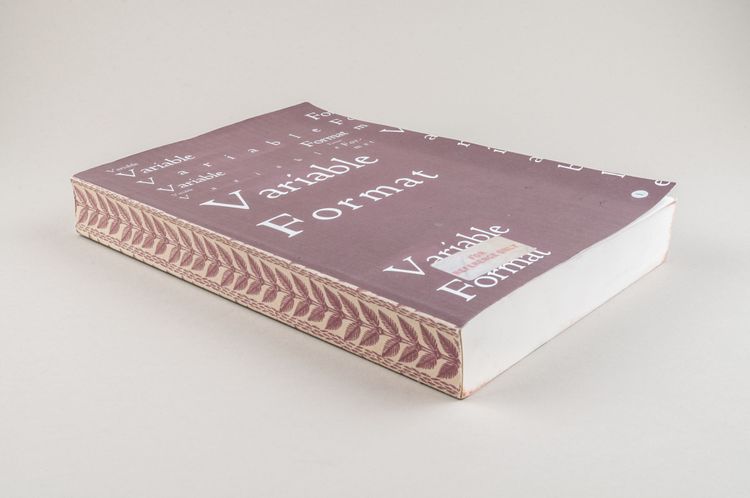
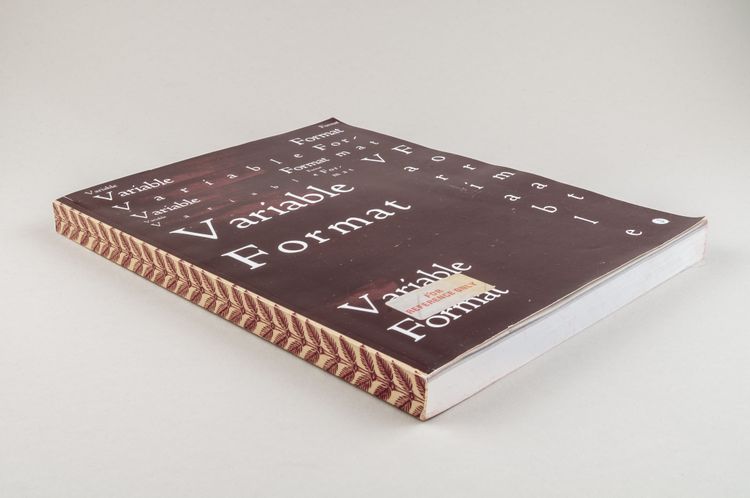
The two largest formats, version K and L, produced by MagCloud and Newspaper Club, served as a starting point for the other editions.
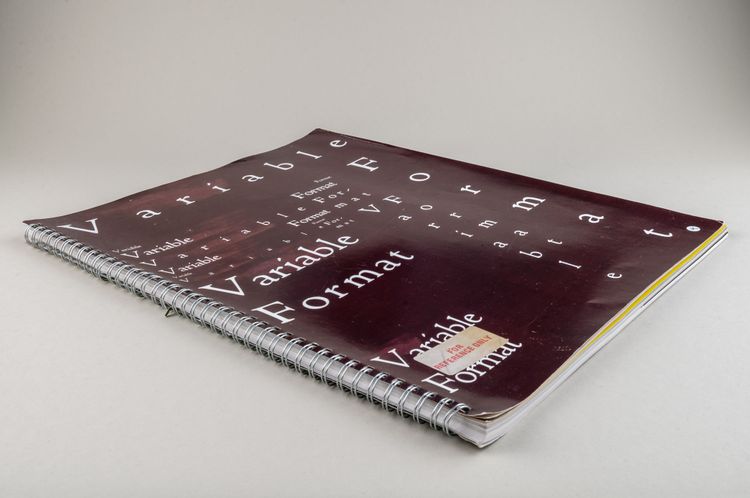
The two largest formats, version K and L, produced by MagCloud and Newspaper Club, served as a starting point for the other editions.
